After 14 hours’ flight from Seoul, I arrived at JFK Airport. The weather looked great from above few clouds but it was also a delight to feel the refreshing dry air as I stepped down the steps from the aircraft. This is clearly the best season of the year in New York.
I headed to Le Meridian located in the Mid-Town Manhattan , the venue of the President’s Council (Ref.1 ) of the University of Tokyo. You may remember some of my previous postings on this Council. It was originally founded by former President Dr. Komiyama, is now succeeded by President Hamada. Last meeting was held at the Komaba Campus of Todai, which included an initiatives, two separate seminars by two Council members, Bill Emmott-san and by Victor KK Fung-san.
After checking in to the hotel and taking a short rest, I spent a wonderful afternoon in the fresh leaves and soft breeze walking for about an hour in the Central Park (Ref.1,2) to MOMA (it was a pity that the museum was closed because it was Monday), and through the Madison Avenue.
In the evening, a reception was held with the local Todai alumni association joining in (article on this is uploaded in the University archive of June 8th ), and the number of people turned out to be quite large. I was happy to see several old friends whom I had not seen for a long time and of course was glad to be introduced to many new friends.
On the next day, the President’s Council meeting opened welcoming the members including professors Princess Chulabhorn Mahidol of Thailand, Vartan Gregorian, Rita Colwell, Kari O Raivio, Michael Y Yoshino of Harvard, P Laudichina-san of AT Kearney, Yoshi Yokoyama-san, the former director of McKinsay & Company Inc of Tokyo.
Special guest of this meeting was Dr Rebecca Chopp (Ref.1,2) the President of Swarthmore College. Main theme was ‘Liberal Arts’ education. I will write on this further in a separate posting.
In the evening I enjoyed having dinner with young Japanese physicians, some in medical residency at a medical center in NYC, and their OBs/OGs. We had nice heated discussions on a variety of topics. It is my firm belief that to nurture as much as possible those kinds of talents, to encourage more young people to work in broader fields outside of Japan, is so crucially important not only for Japan’s tomorrow but also for Japan to be trusted by other nations of the more and more interconnected world. To let young people in Japan know about those young (Japanese) people studying and working at overseas, to show them good role models that they can look up to as their short-term future choices, is a very important element in the education of and nurturing young Japanese potentials that are well capable of working in dynamic global world.

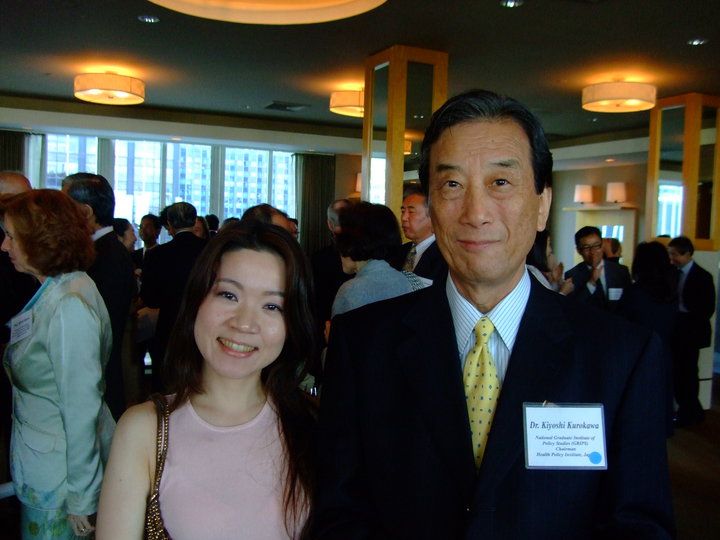
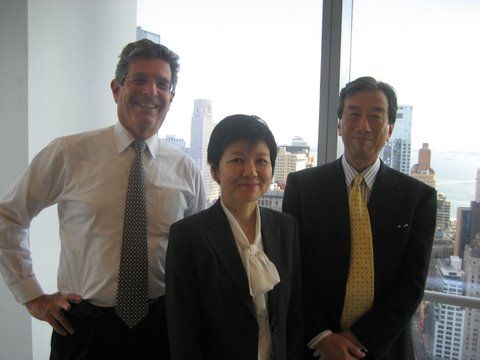
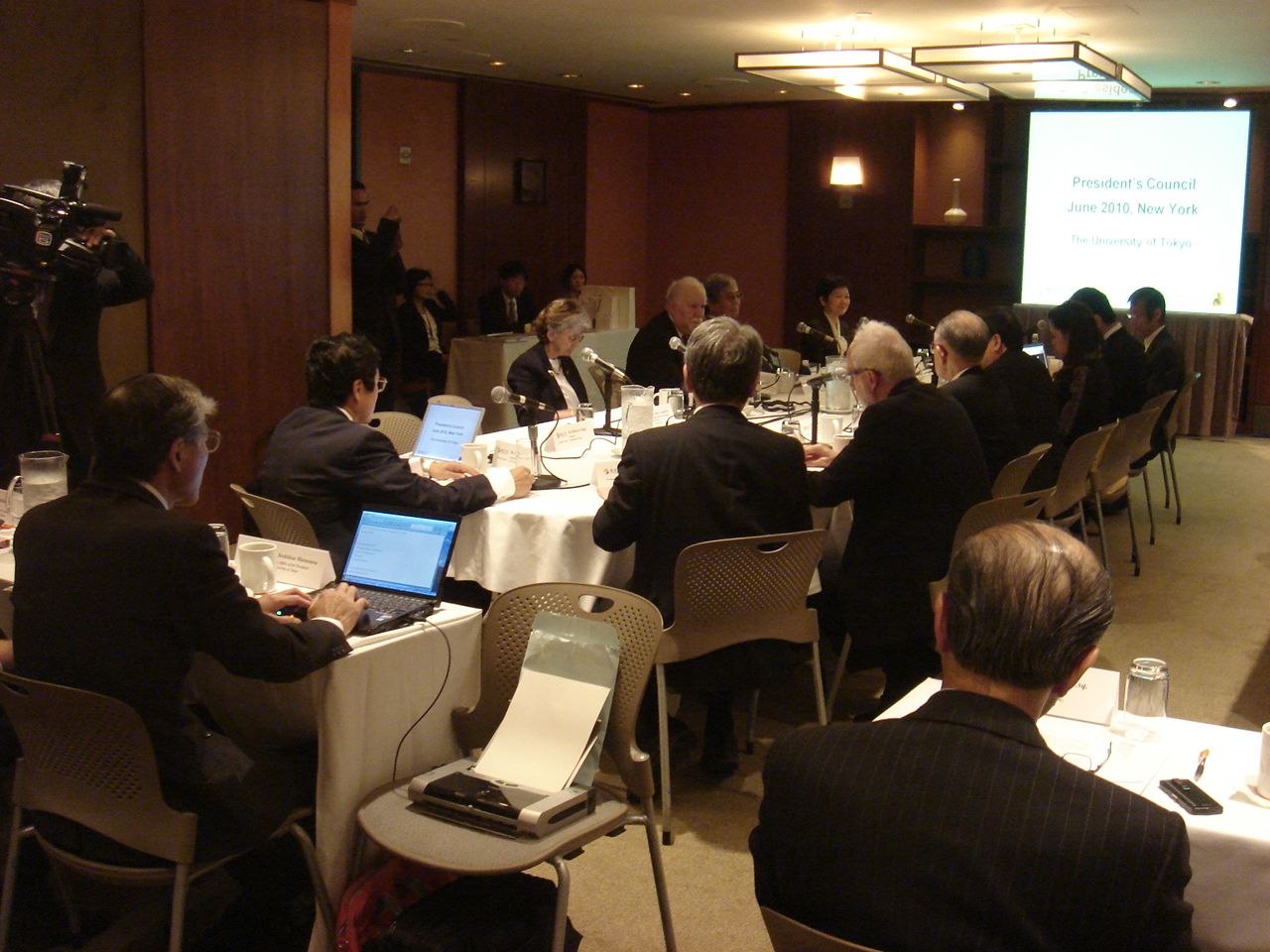

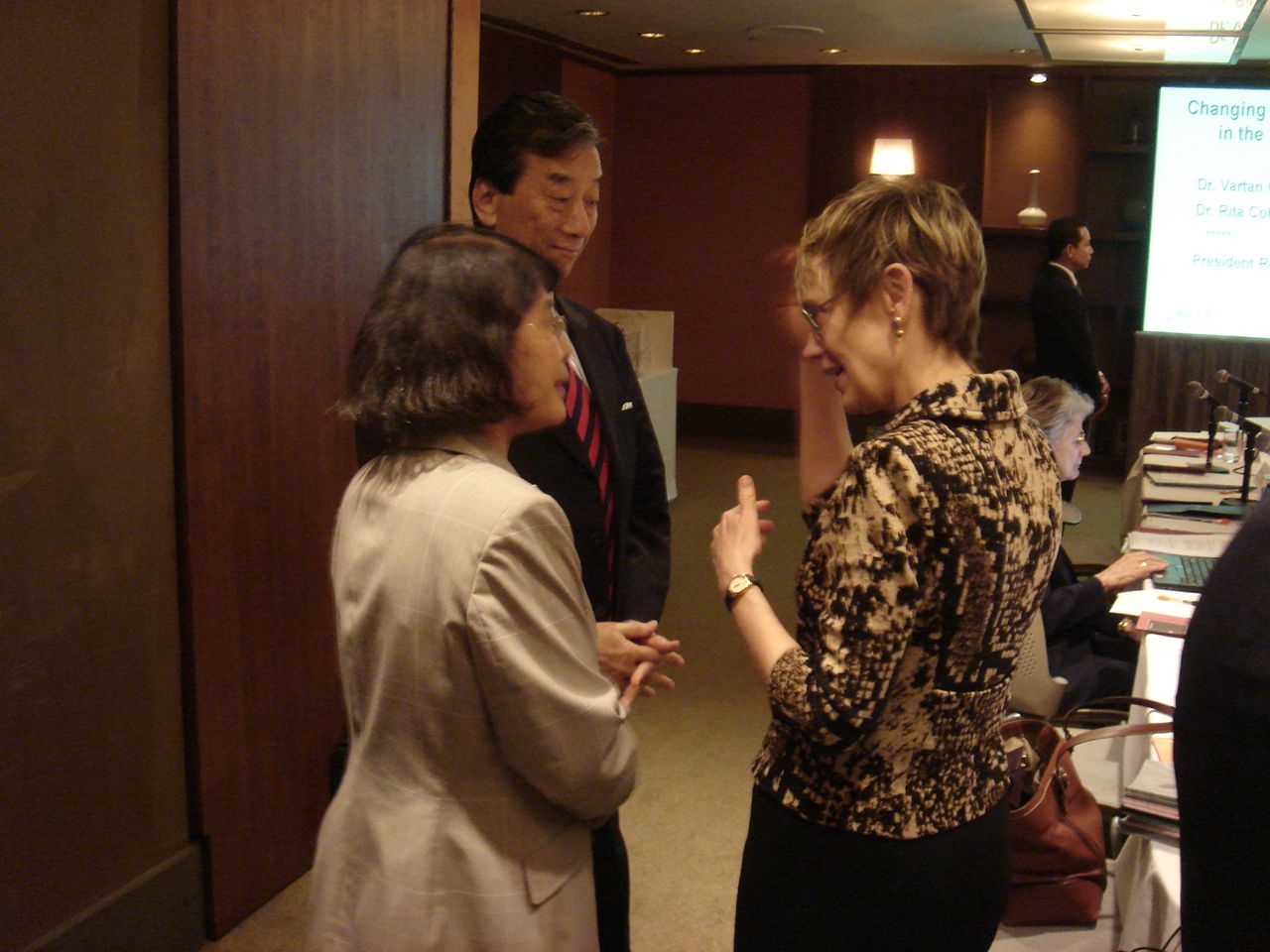


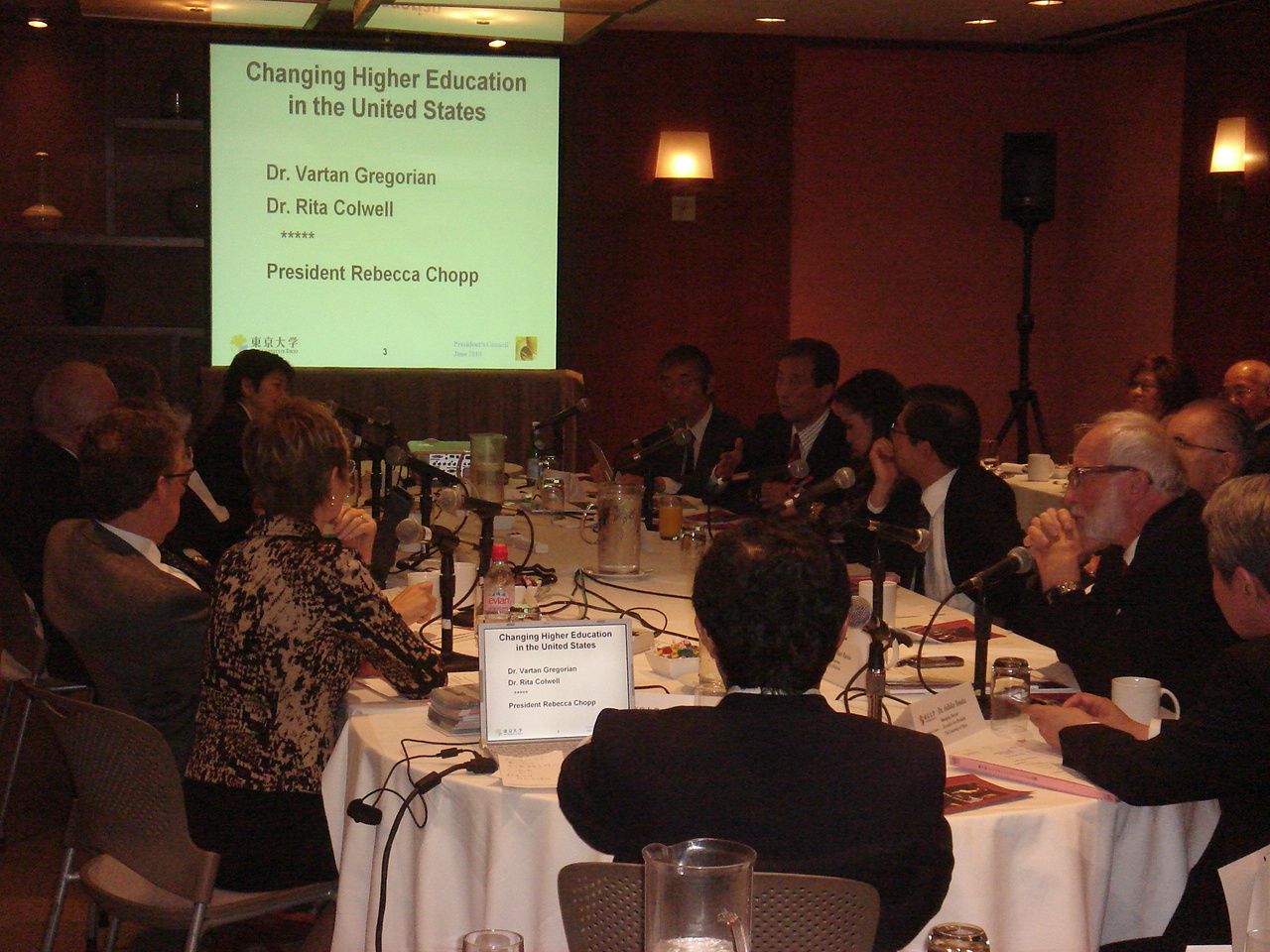
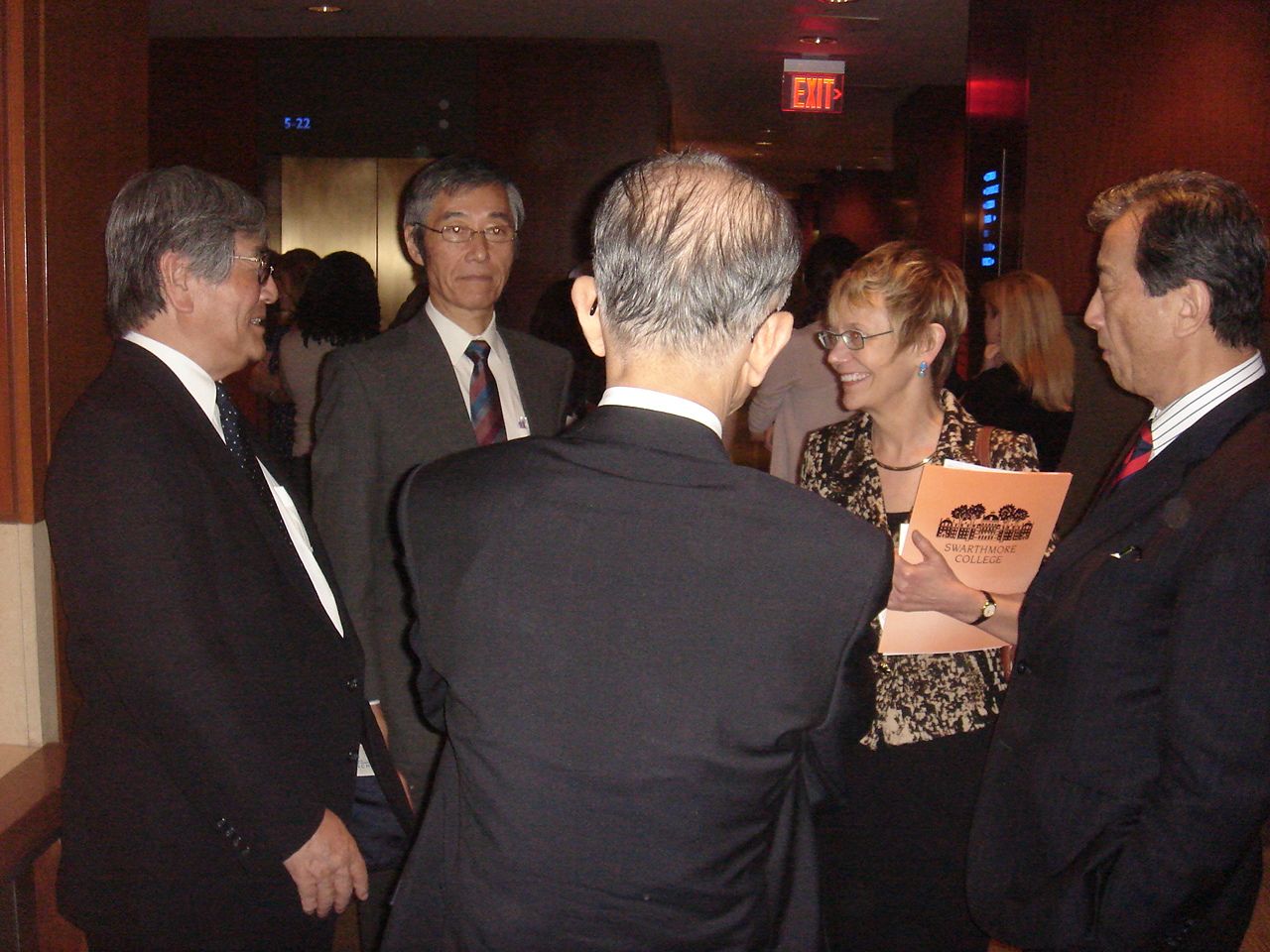
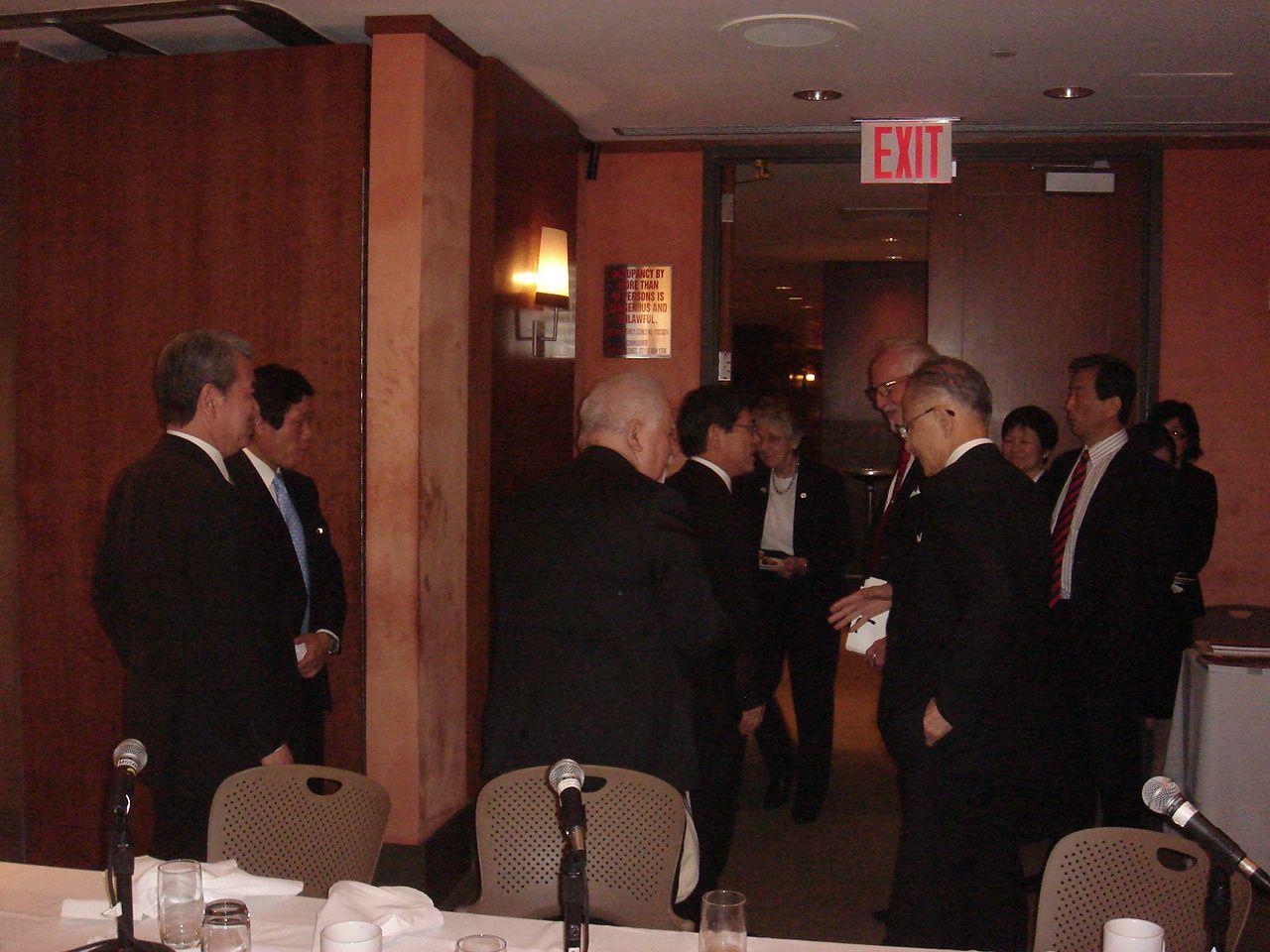
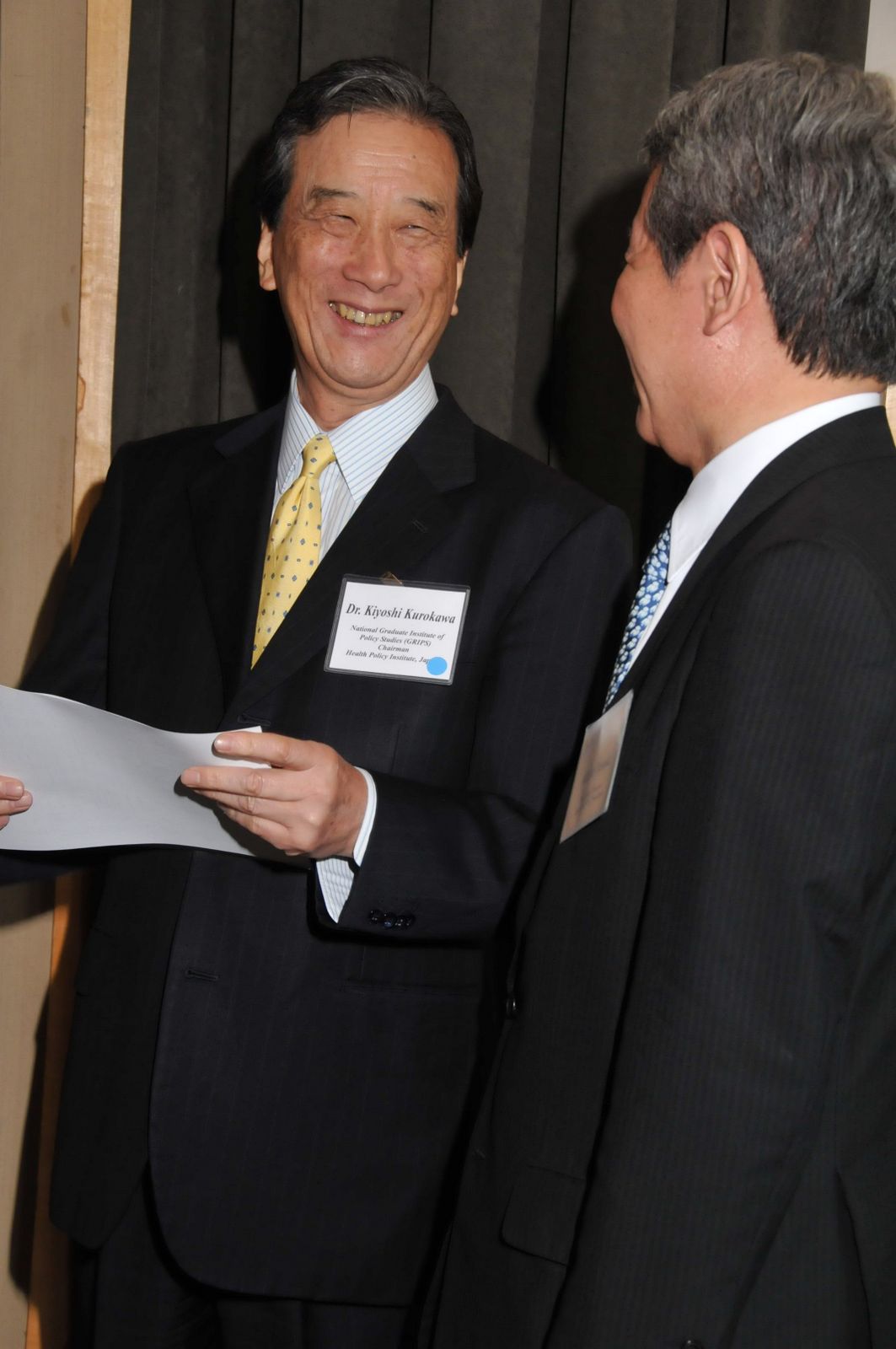
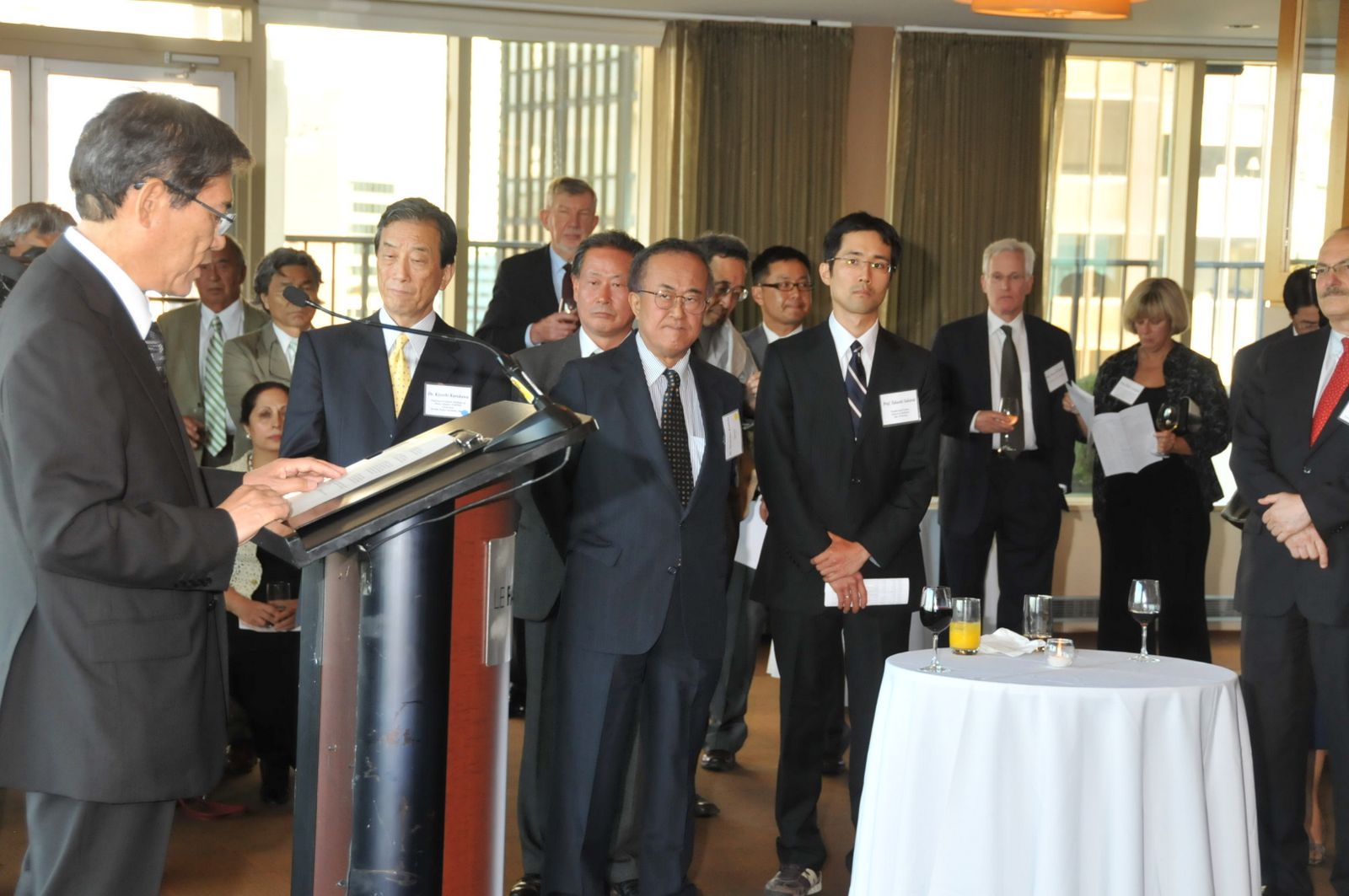
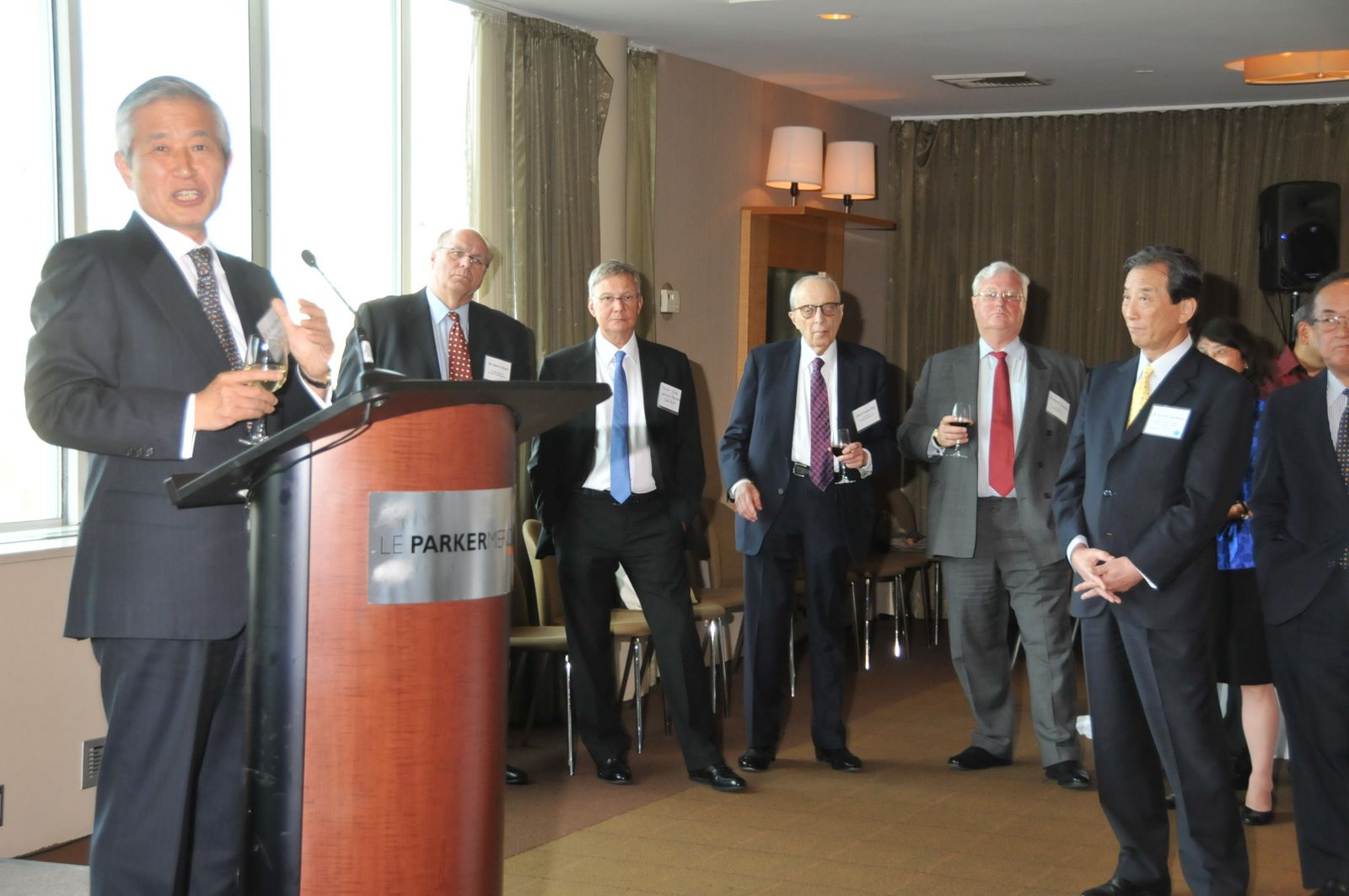
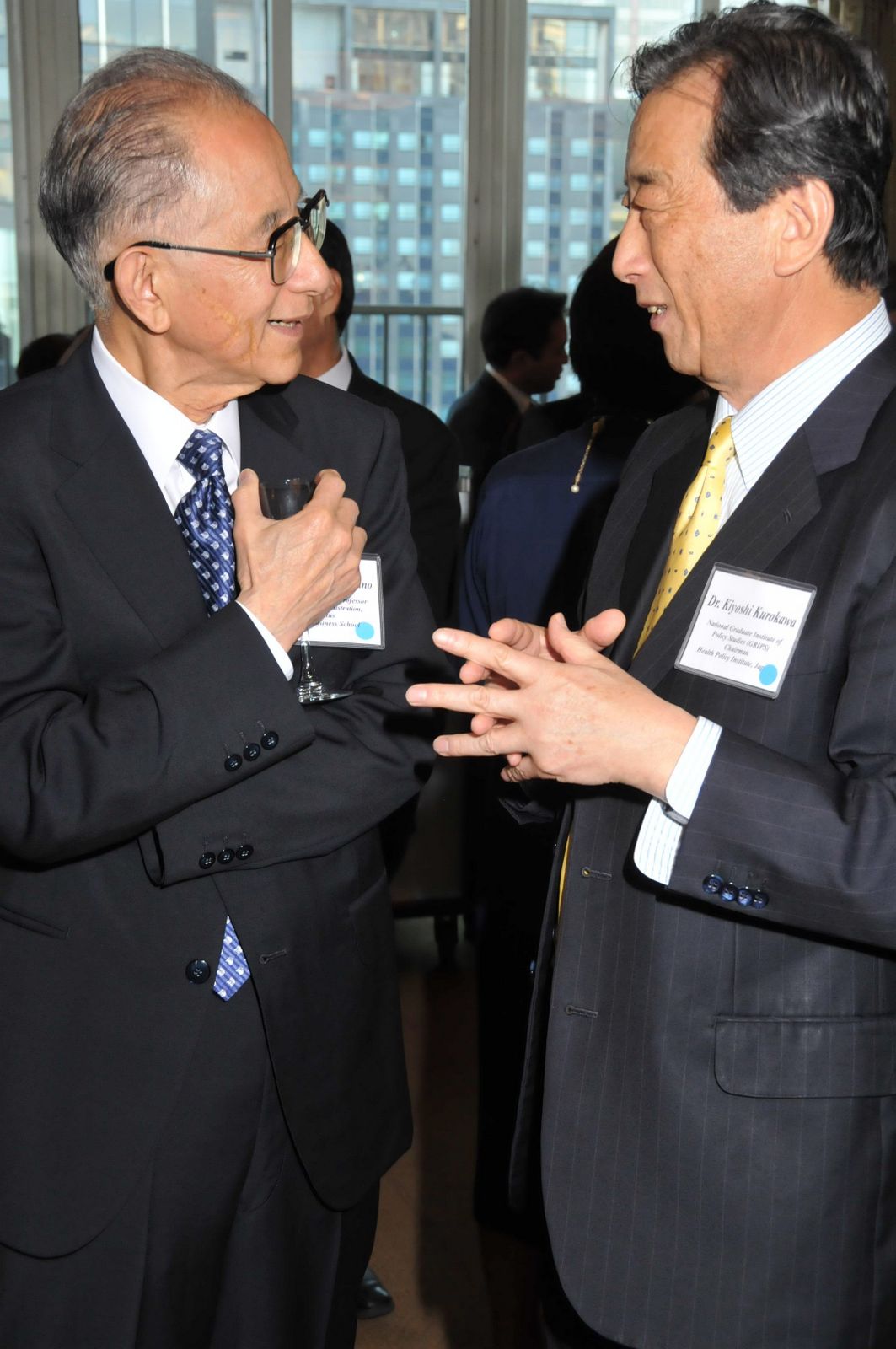

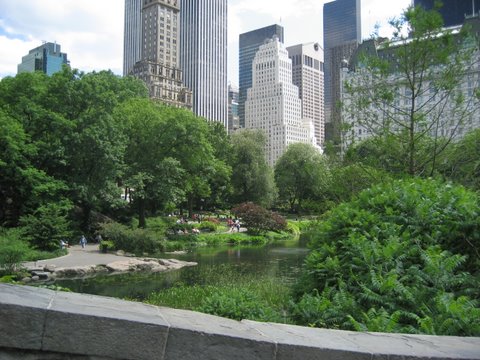
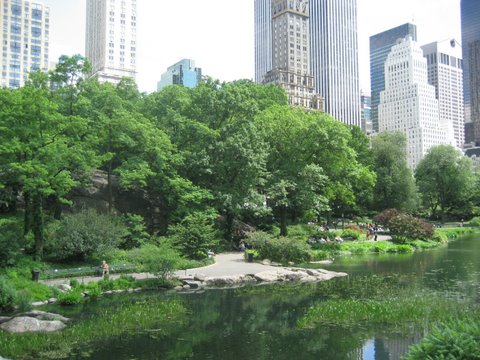
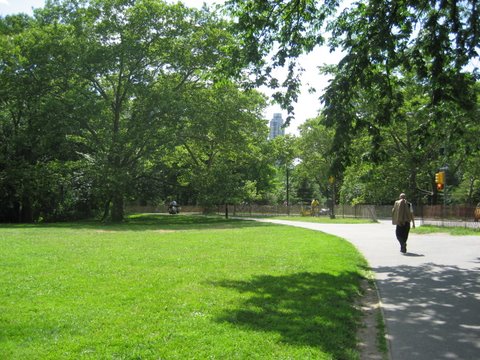
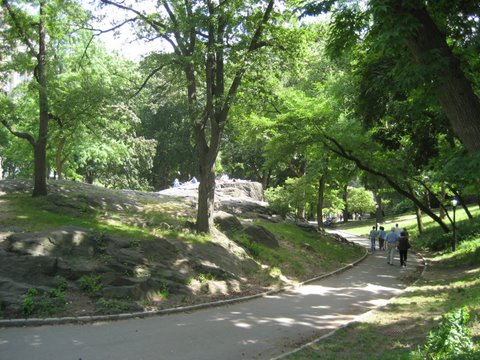

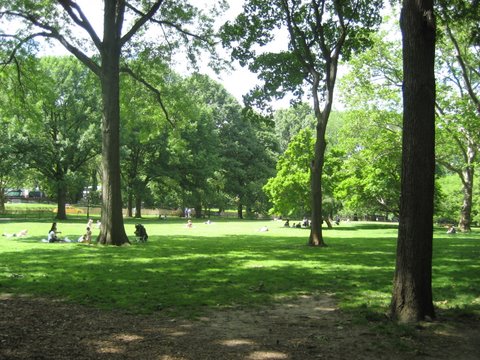
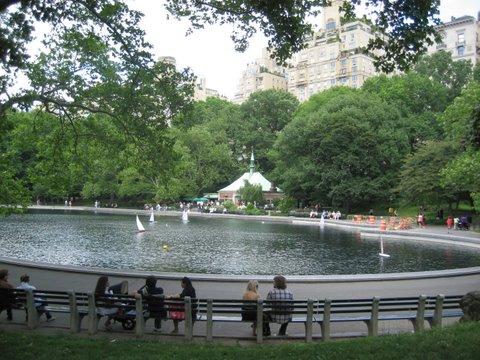
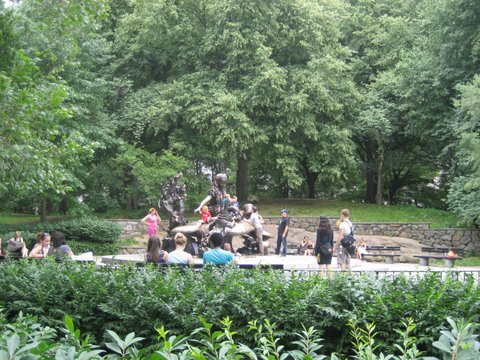
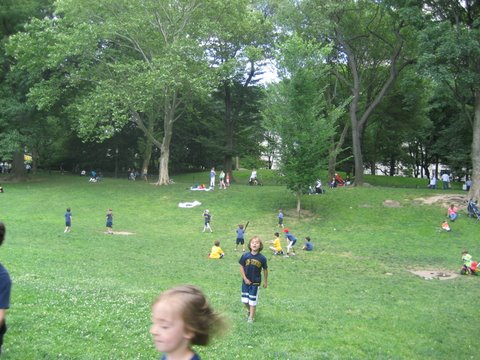


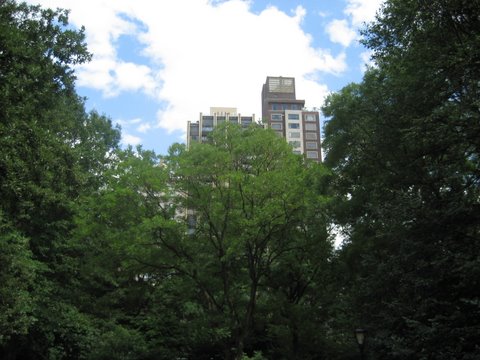


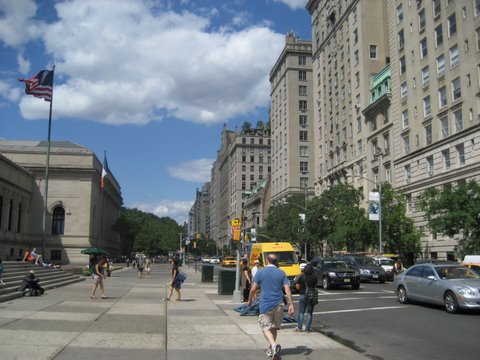

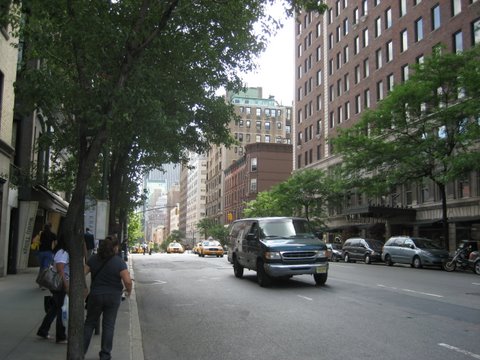

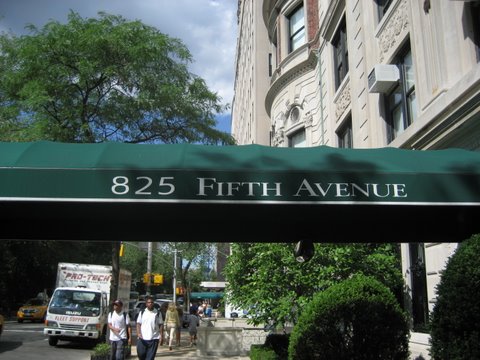
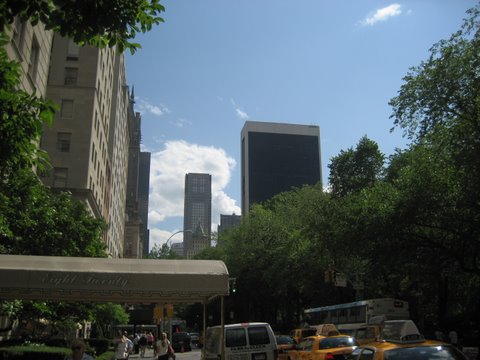

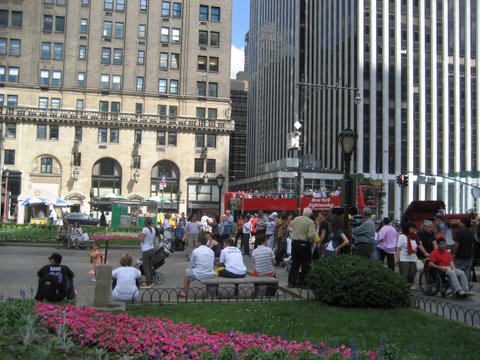

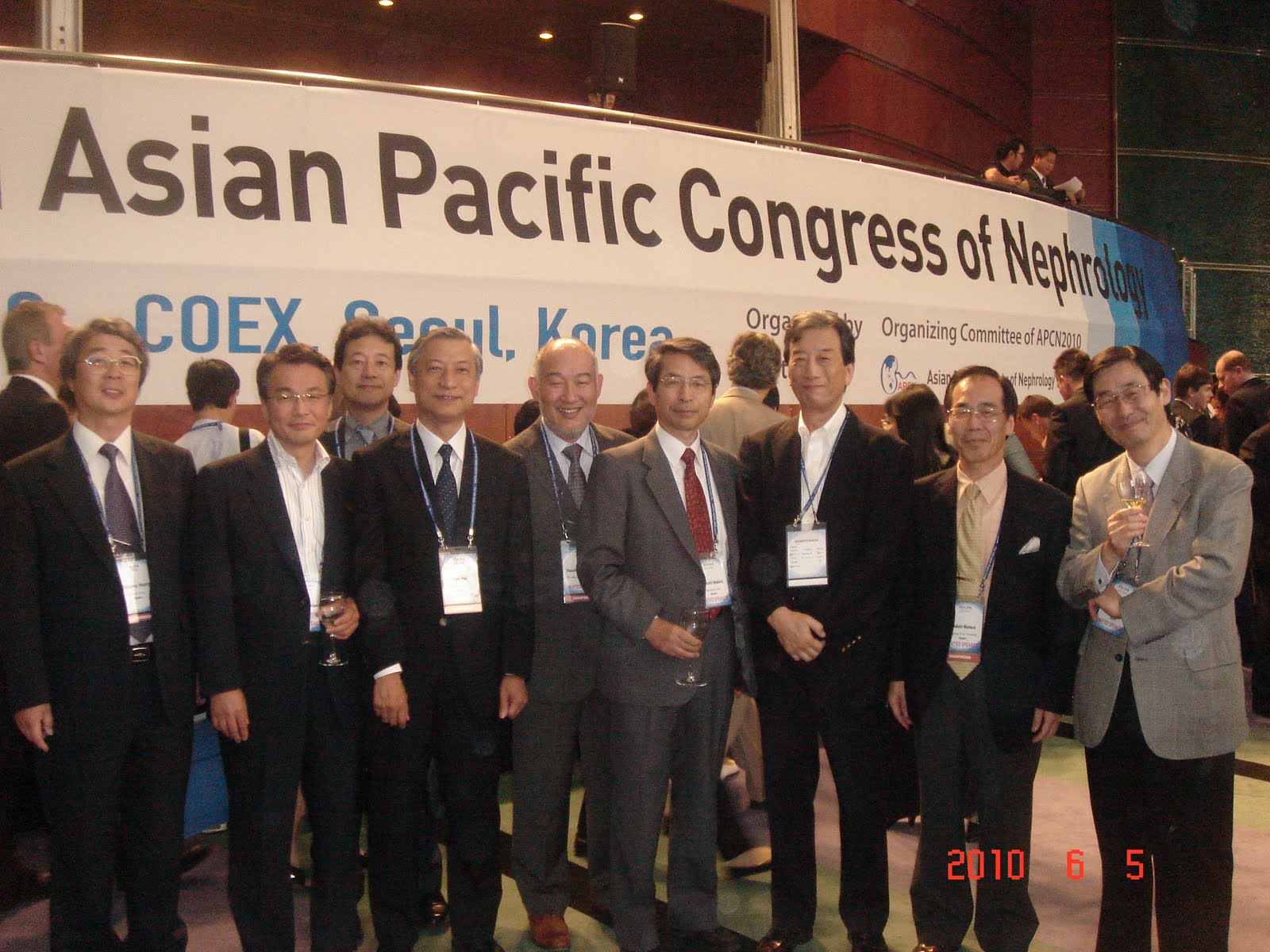
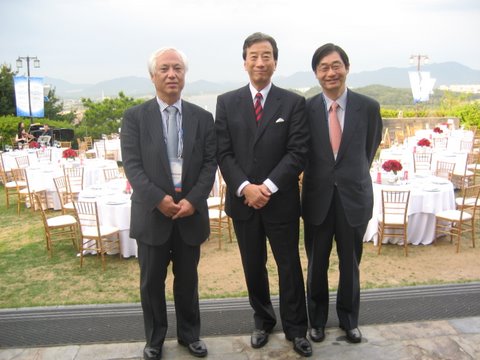
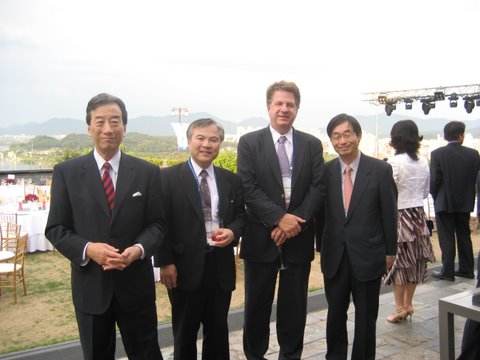
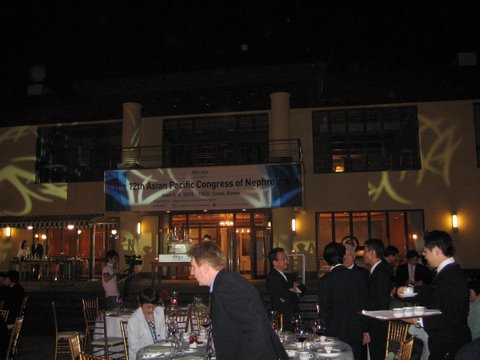
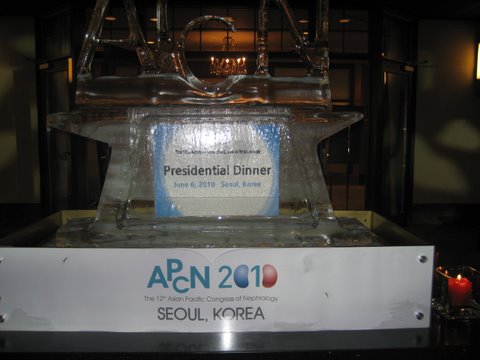
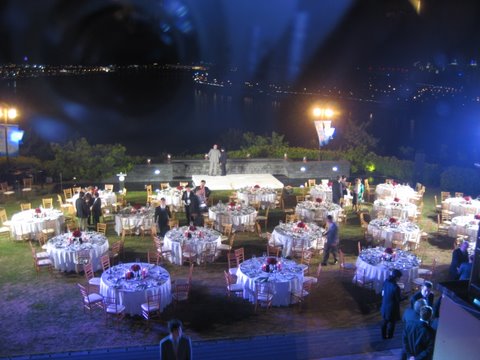
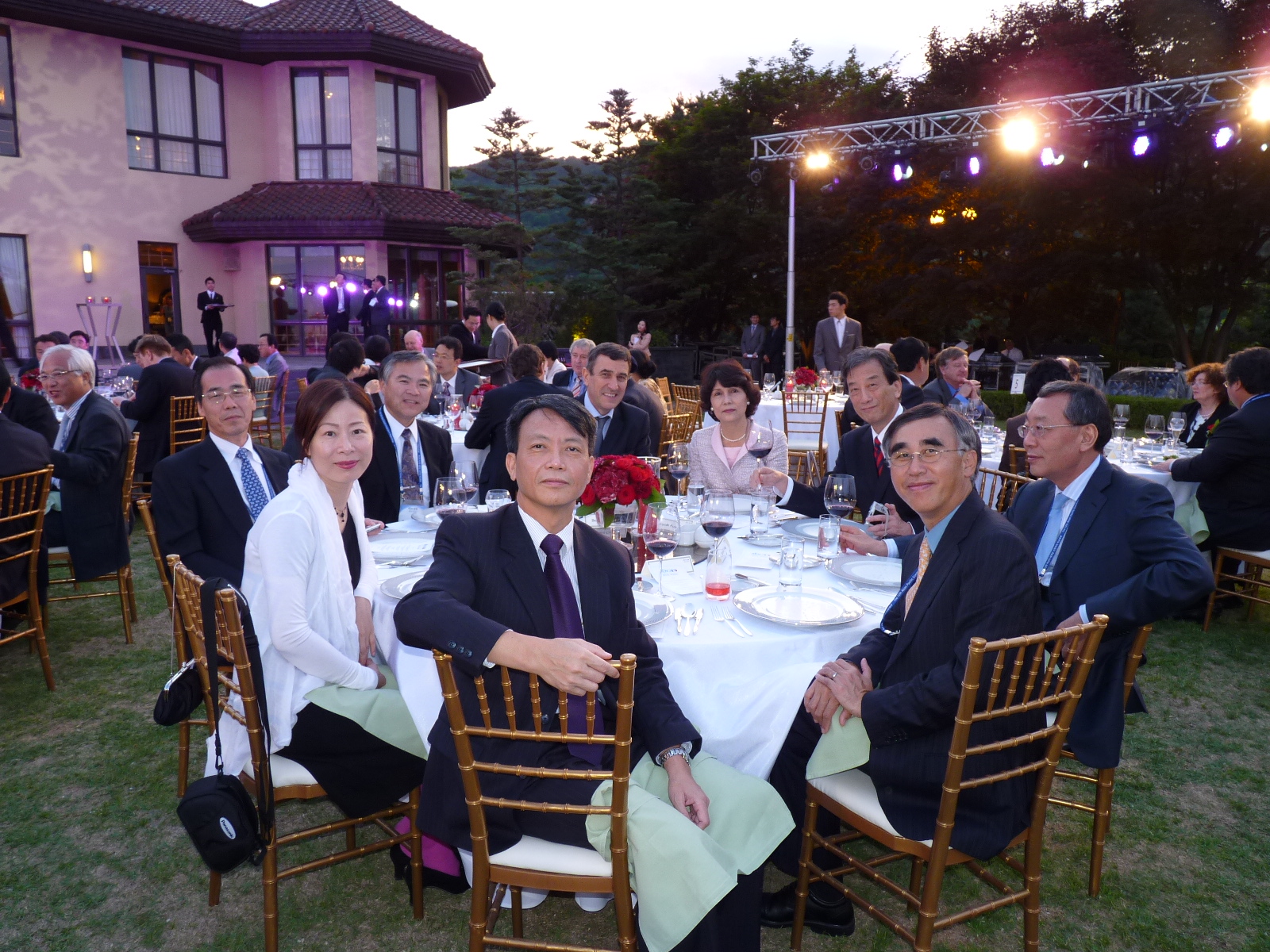


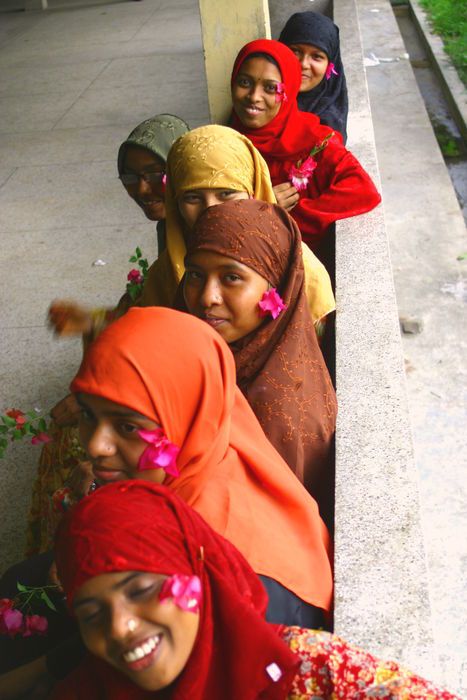
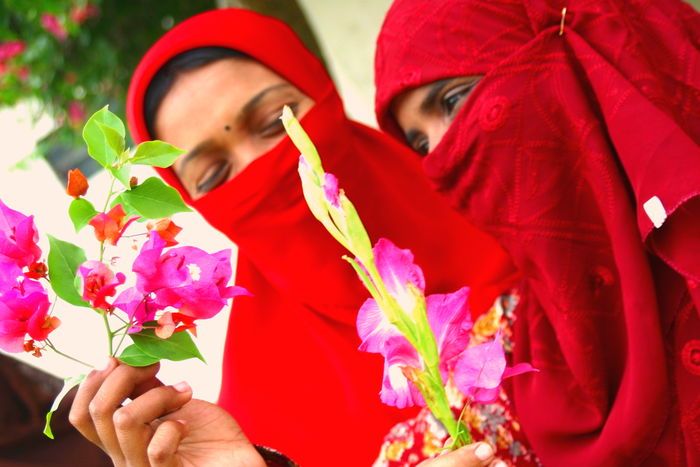
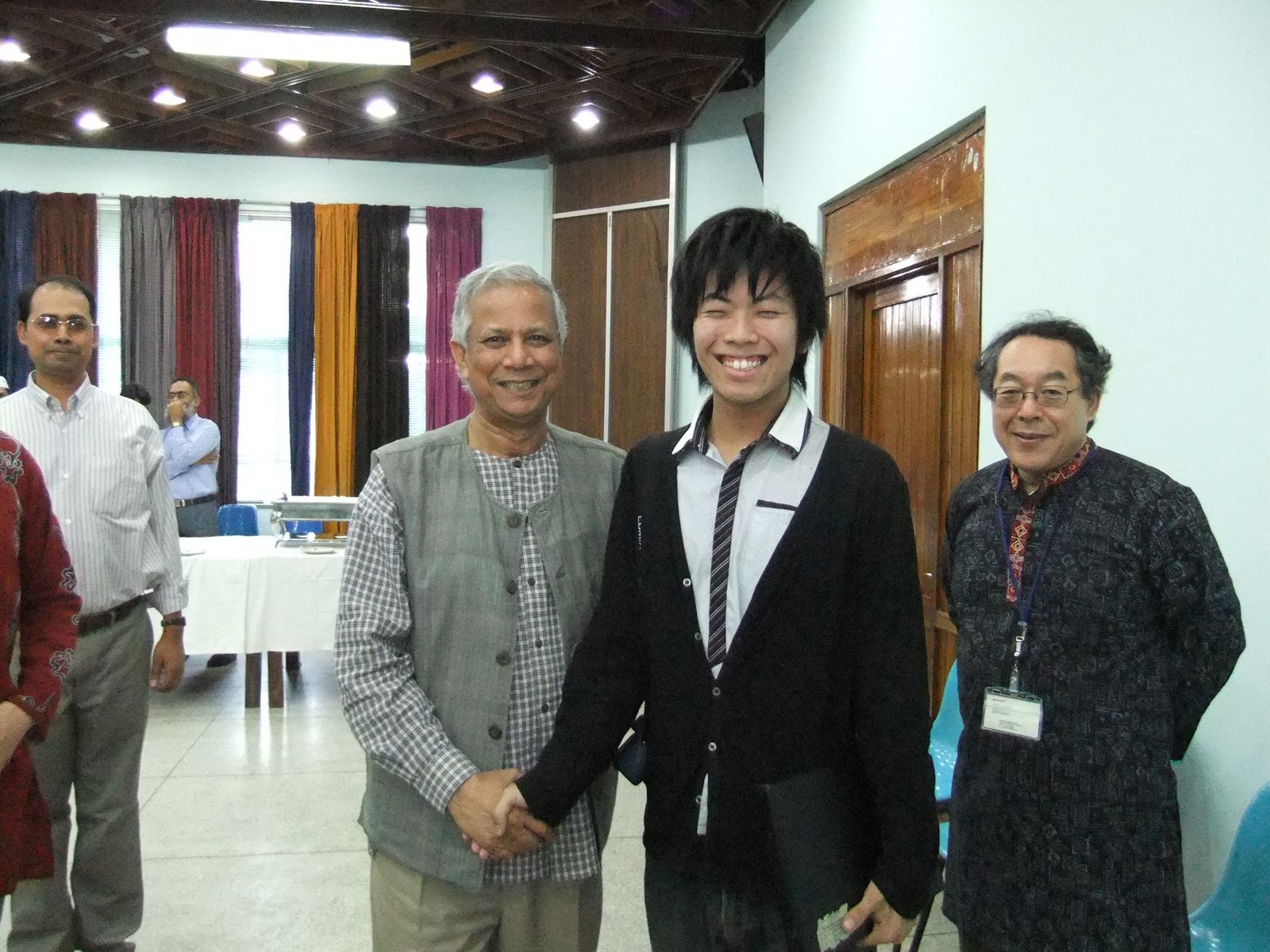
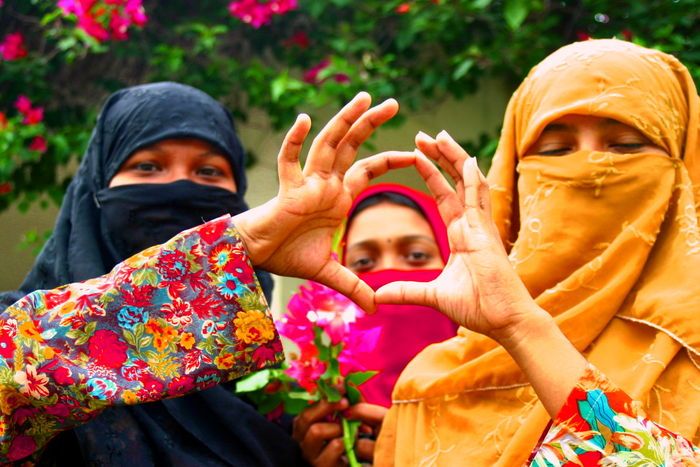

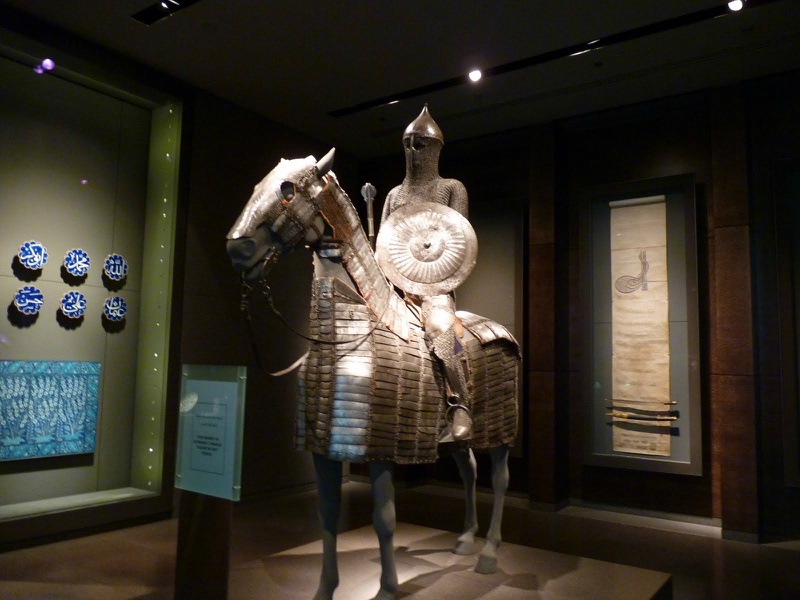

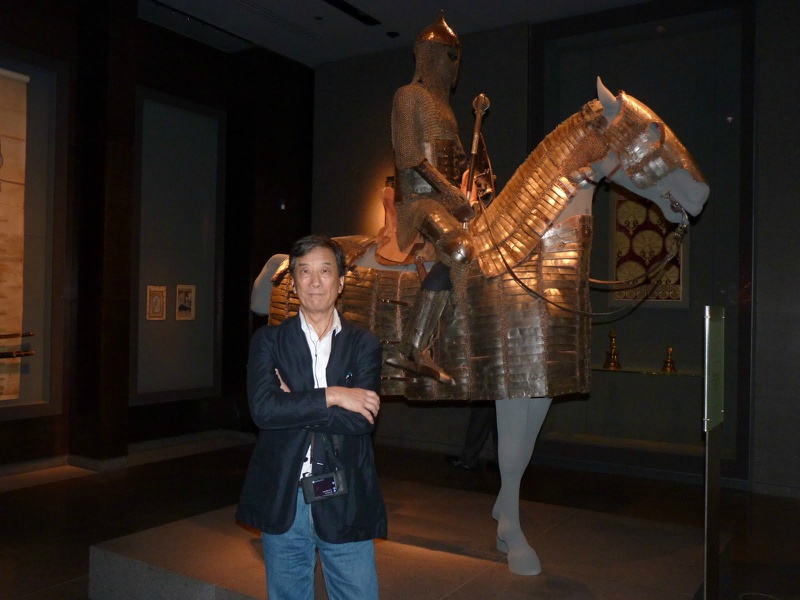
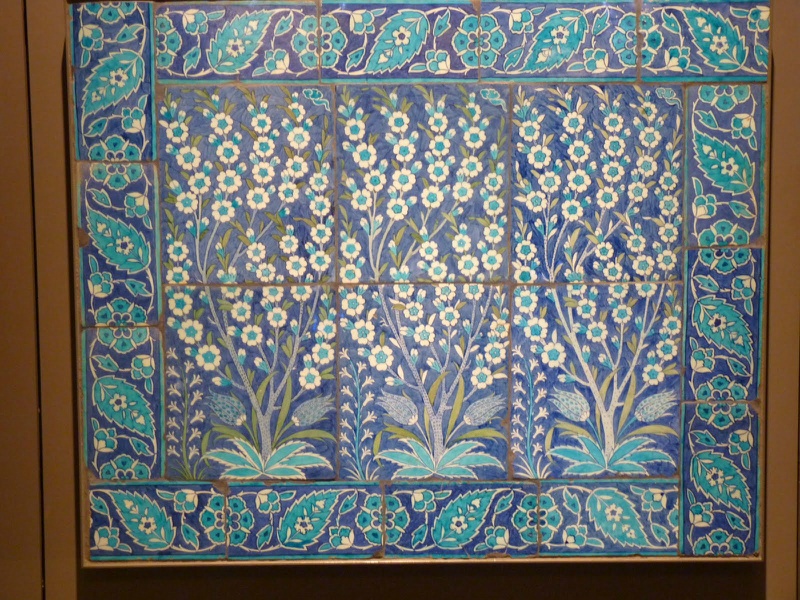
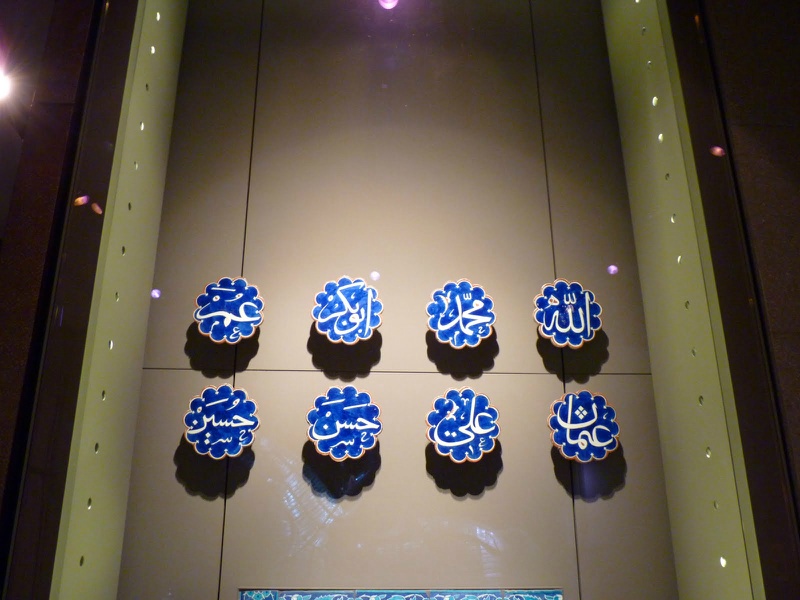
 Mr.Kurihara and myself
Mr.Kurihara and myself